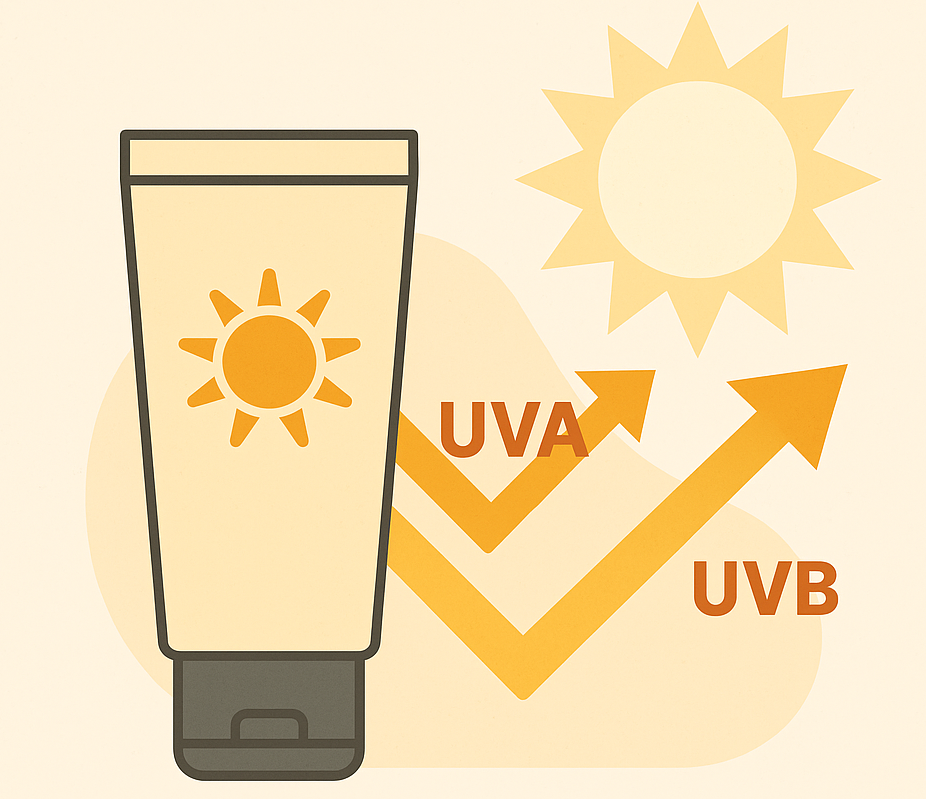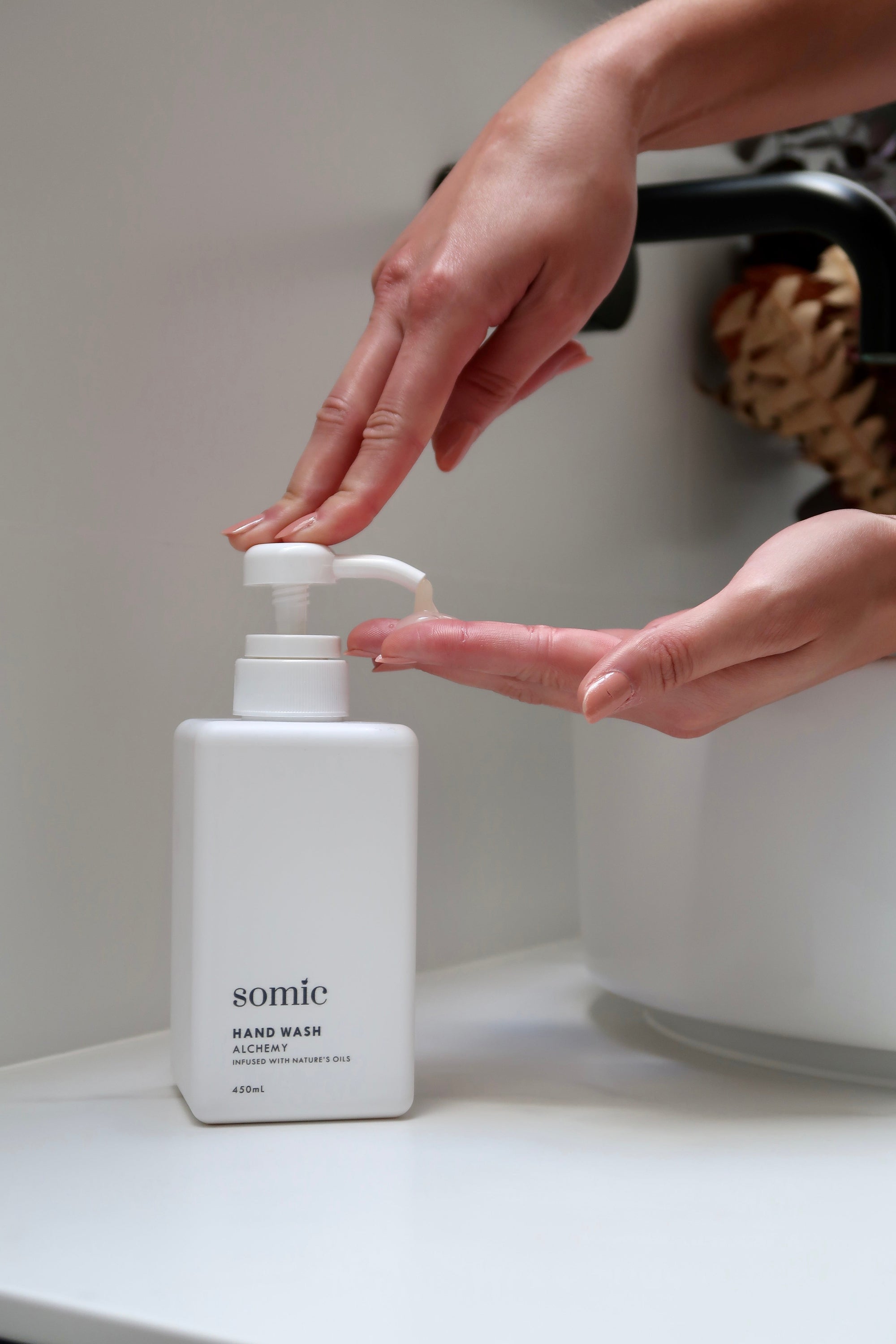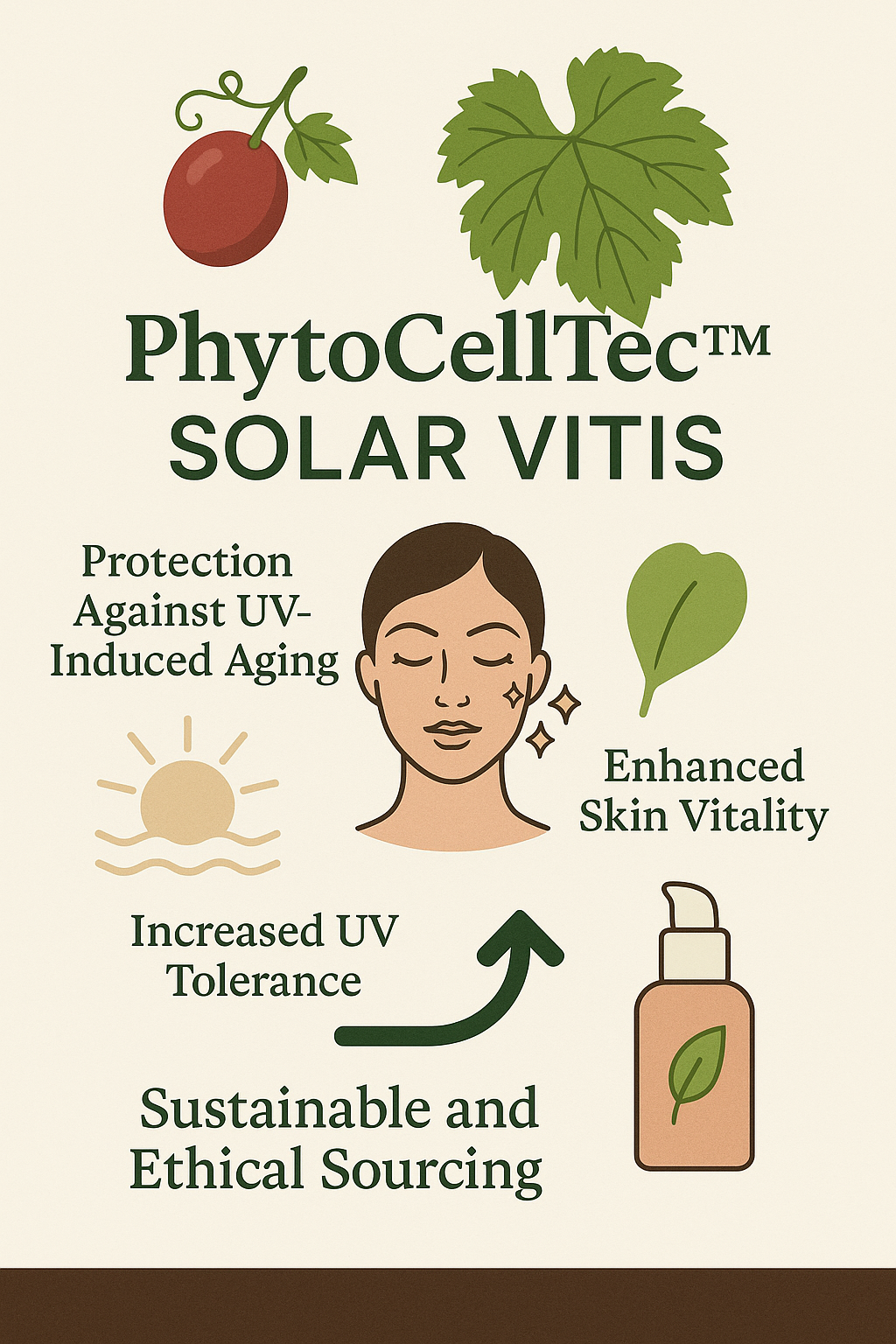At Somic, we’ve followed the recent industry discussions around SPF reliability — especially as some brands have had to withdraw SPF50 products due to challenges in maintaining that level of protection in real-world use.
Our products are labeled at SPF 15. However, we choose to formulate with higher concentrations of UV filters than the minimum needed for SPF 15. This approach helps support product stability, coverage, and consistent performance across different skin types, climates, and application patterns.
Our Formulation Philosophy
We’re transparent about the active levels we use, so you can make informed decisions about daily sun care. You will find the level of Active Ingredients in all our SPF products :
-
Sensitive Hyaluronic SPF15 Moisturiser: 9.99% Zinc Oxide (SPF 15 requires ~7%)
-
Active Hyaluronic SPF15 Moisturiser: Octyl Methoxycinnamate 3.09%, Avobenzone 1.85%, Octocrylene 4.49%, Homosalate 5.98% (SPF 15 typically requires roughly half these levels)
-
Soleil SPF15 Hand & Body Butter Octyl Methoxycinnamate 3.10%, Avobenzone 1.86%, Octocrylene 4.90%, Homosalate 6% (SPF 15 typically requires roughly half these levels)
Important Note: The SPF number on the label is the one you should rely on — it is determined by controlled testing. Our use of higher filter concentrations is a quality choice, not a higher SPF claim.


